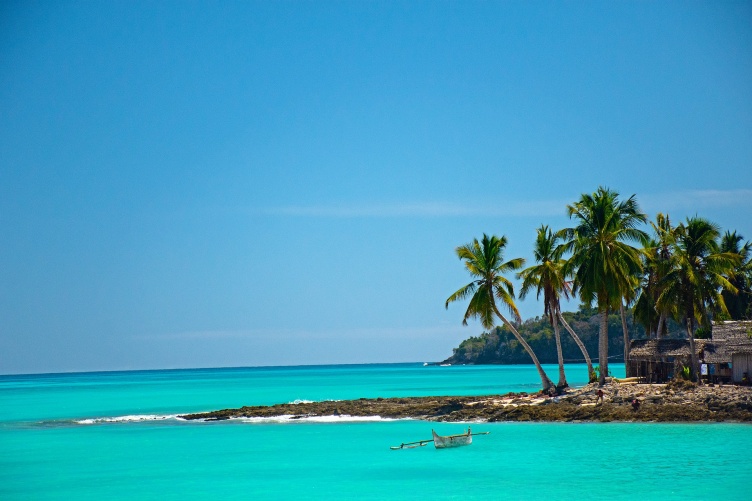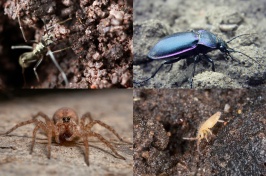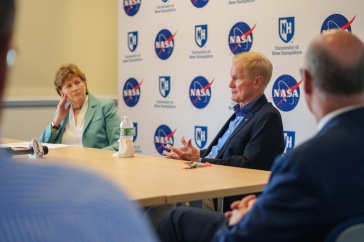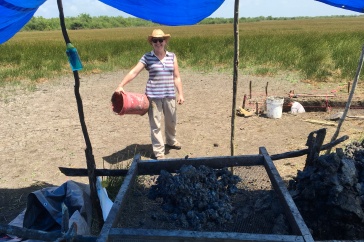
Global commercial fishing is big business. Already valued by some estimates at almost $250 billion annually, the industry has been forecasted to increase 82% by 2026 according to a 2017 global commercial fishing industry market report.
As the industry expands, concerns about both legal and illegal fishing in the marine waters of developing countries have also grown. Currently, little is known about how foreign industrial fishing, both legal and illegal, impacts the local marine biodiversity and resources that many coastal communities depend on for food security, cultural meaning and livelihoods.

A group of scientists, including Easton White, quantitative marine ecologist and assistant professor in the department of biological sciences, are working to change that. Their recent research, which was published in Ocean and Coastal Management, studied data from Madagascar, whose status as a least developed country makes its waters particularly susceptible to exploitation by foreign fishing operations.
“It is often difficult, if not impossible, for countries with few resources to monitor fishing efforts within their own waters,” says White. “This is especially true for places like Madagascar with a vast coastline and high marine biodiversity.”
White and his team used satellites and GPS pings from fishing vessels to understand the who, when, where and how of industrial fishing off the country’s coastline. Using data from 2012 to 2020, they documented 907,643 hours of industrial fishing within Madagascar waters by 277 vessels from 17 different countries. The researchers found that 82.8% of all industrial fishing in Madagascar was conducted by non-Madagascar fishers -- predominantly from Taiwan, France, Japan, China, Malaysia and South Korea – and for 170,726 hours foreign fishing vessels operated too close to shore and within a number of marine protected areas.
These results, White says, highlight the importance of studying industrial fishing efforts across the globe and the need for increased transparency and research surrounding agreements that are made between foreign countries and developing countries as well as unauthorized fishing activity within these countries.
“Increases in fishing effort, especially in marine protected areas, has the potential to threaten local fisheries management initiatives by conservation organizations and coastal communities,” he says. “This is not an uncommon pattern in developing countries. Fishing vessels from outside countries are either given permission by local governments or fish illegally. In both cases, this has the potential to erode the natural resources of the country and additional work is needed to understand how industrial fishing interacts with small-scale fishing.”
This project was a highly collaborative activity across four institutions: Easton White from the University of New Hampshire; Merrill Baker-Médard and Valeriia Vakhitova from Middlebury College; Samantha Farquhar from East Carolina University; and Tendro Tondrasoa Ramaharitra from the State College of Florida Manatee-Sarasota. The work was primarily funded by the National Science Foundation grant #1923707.
-
Written By:
Sarah Schaier | College of Life Sciences and Agriculture

















































